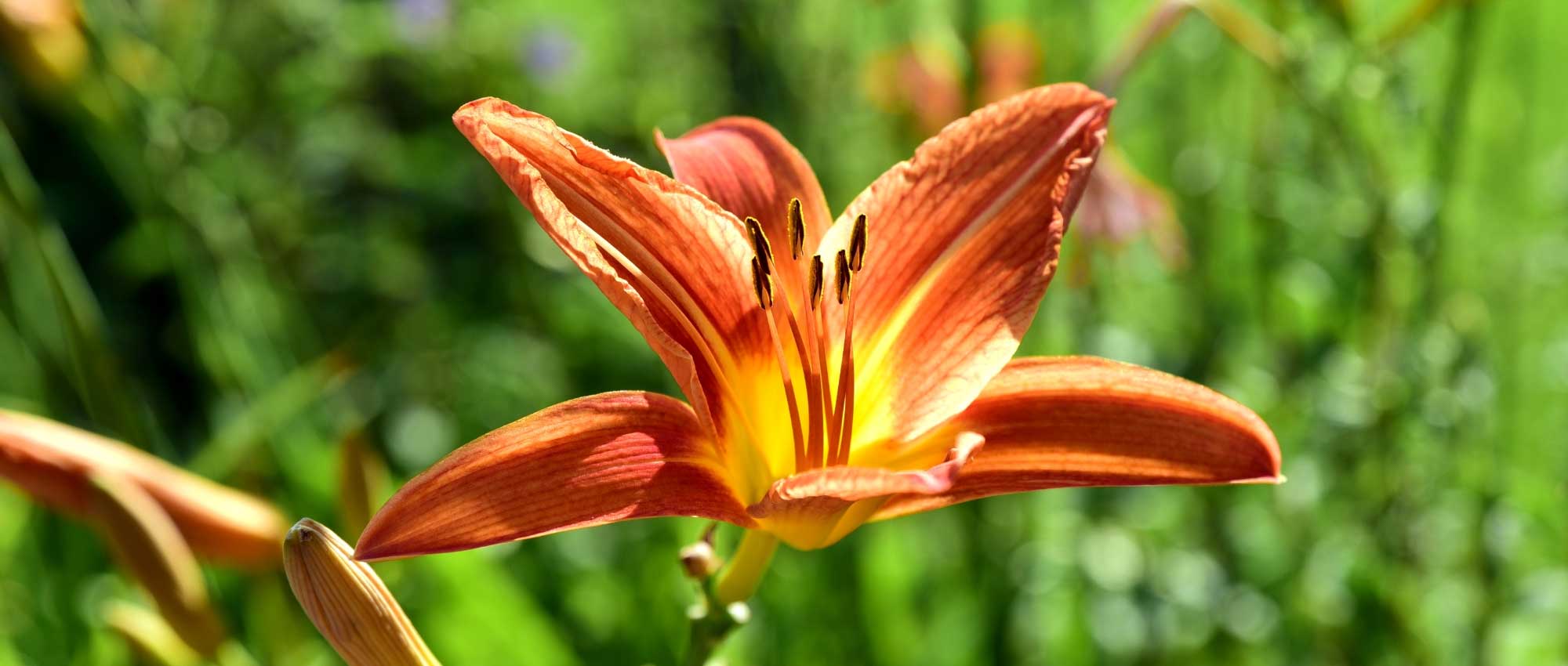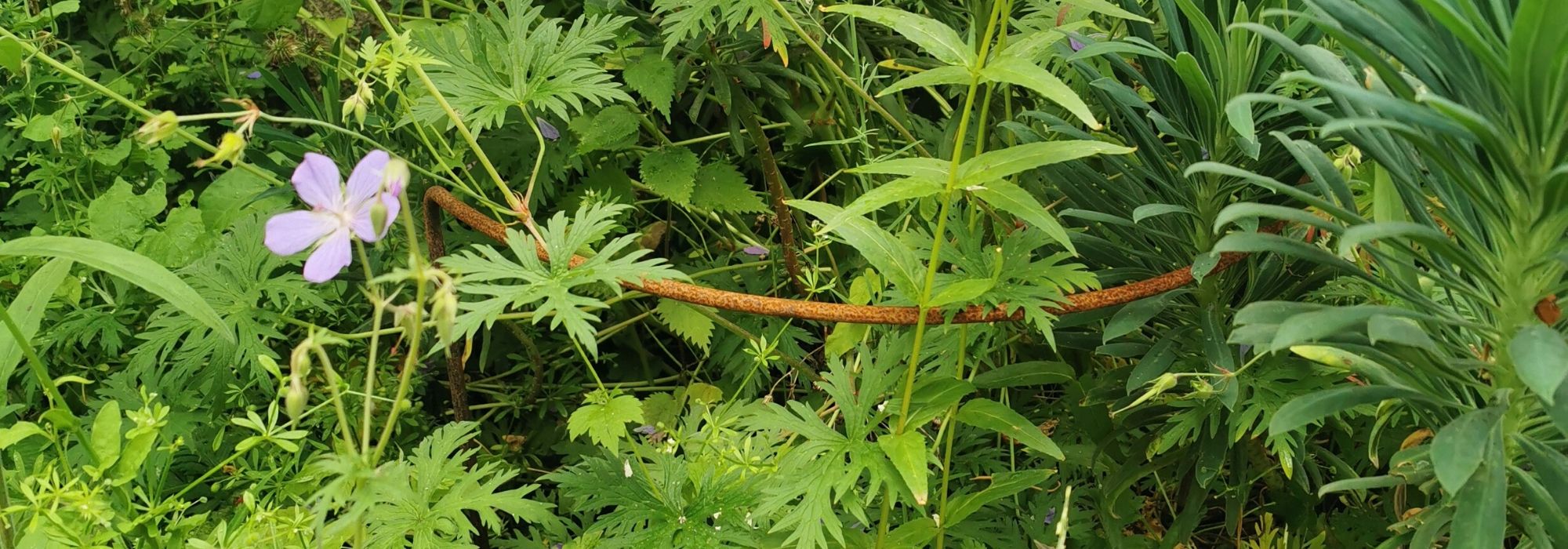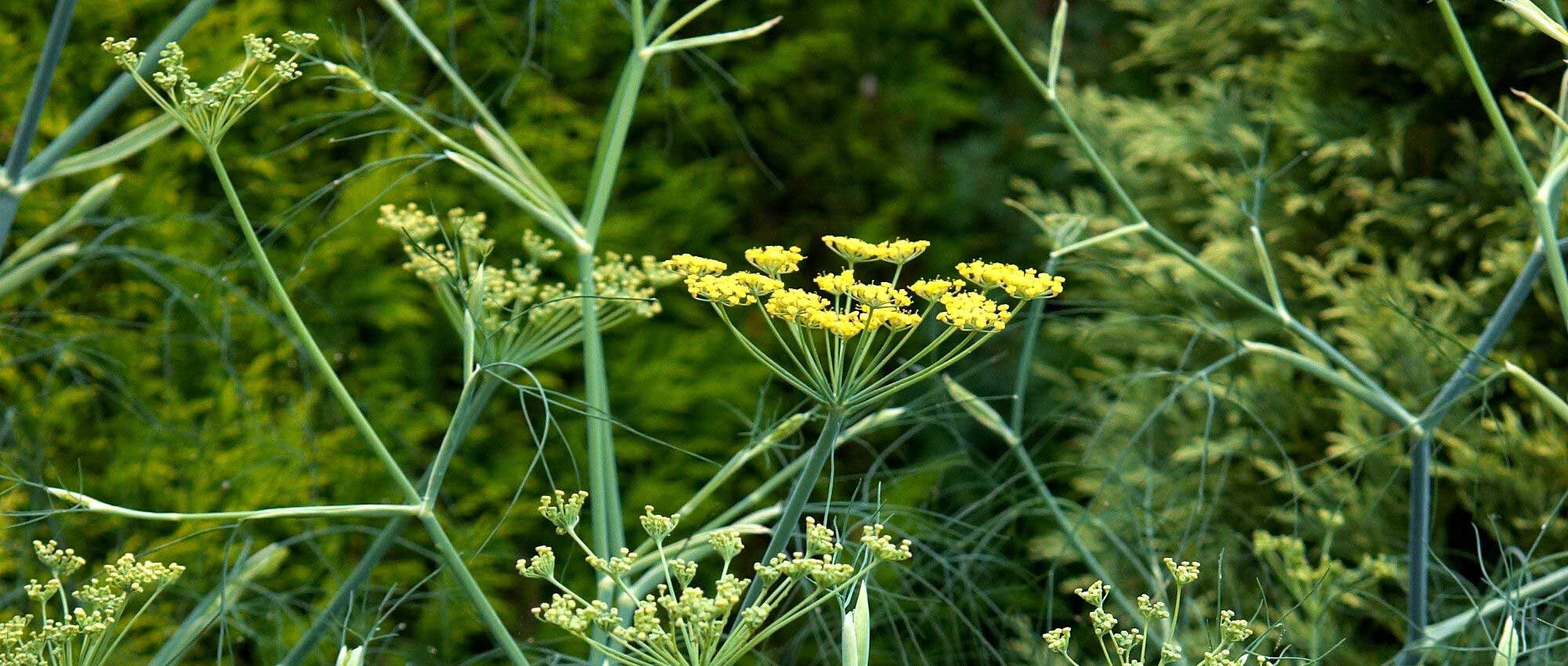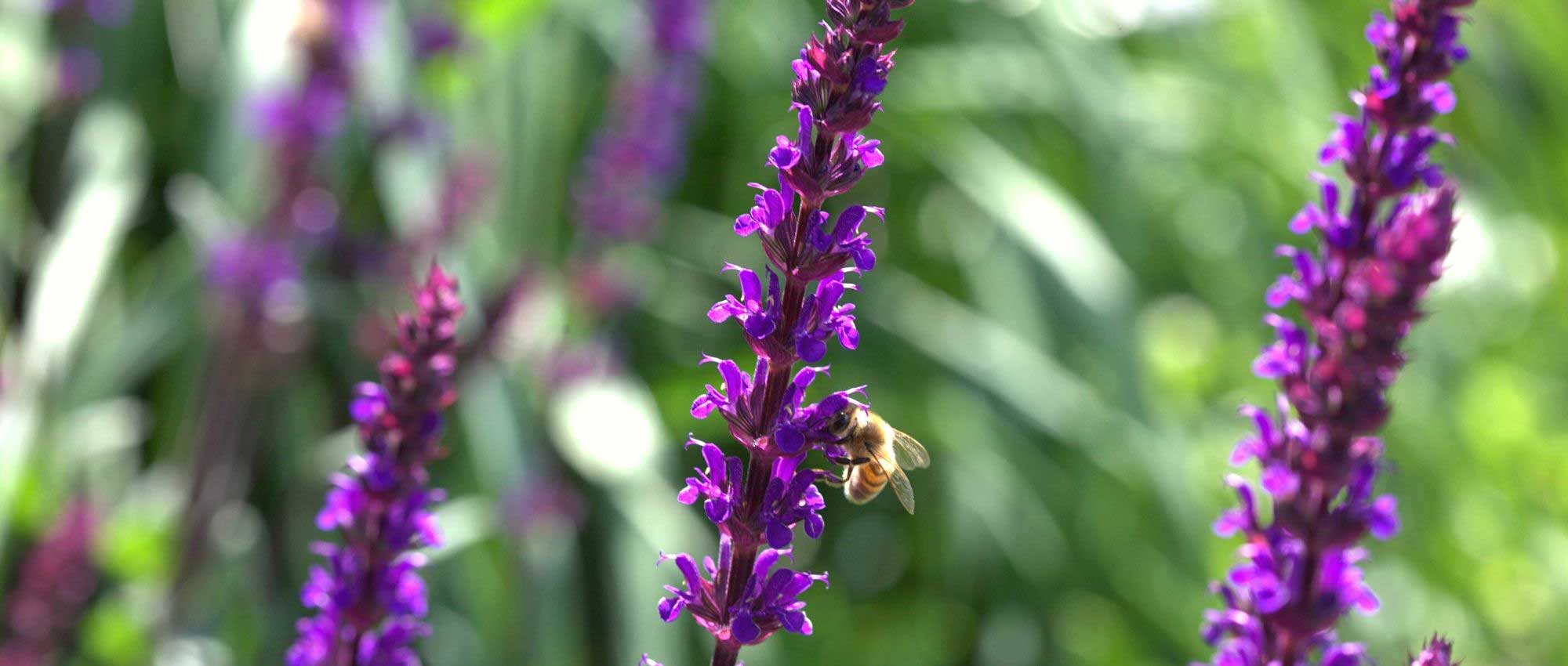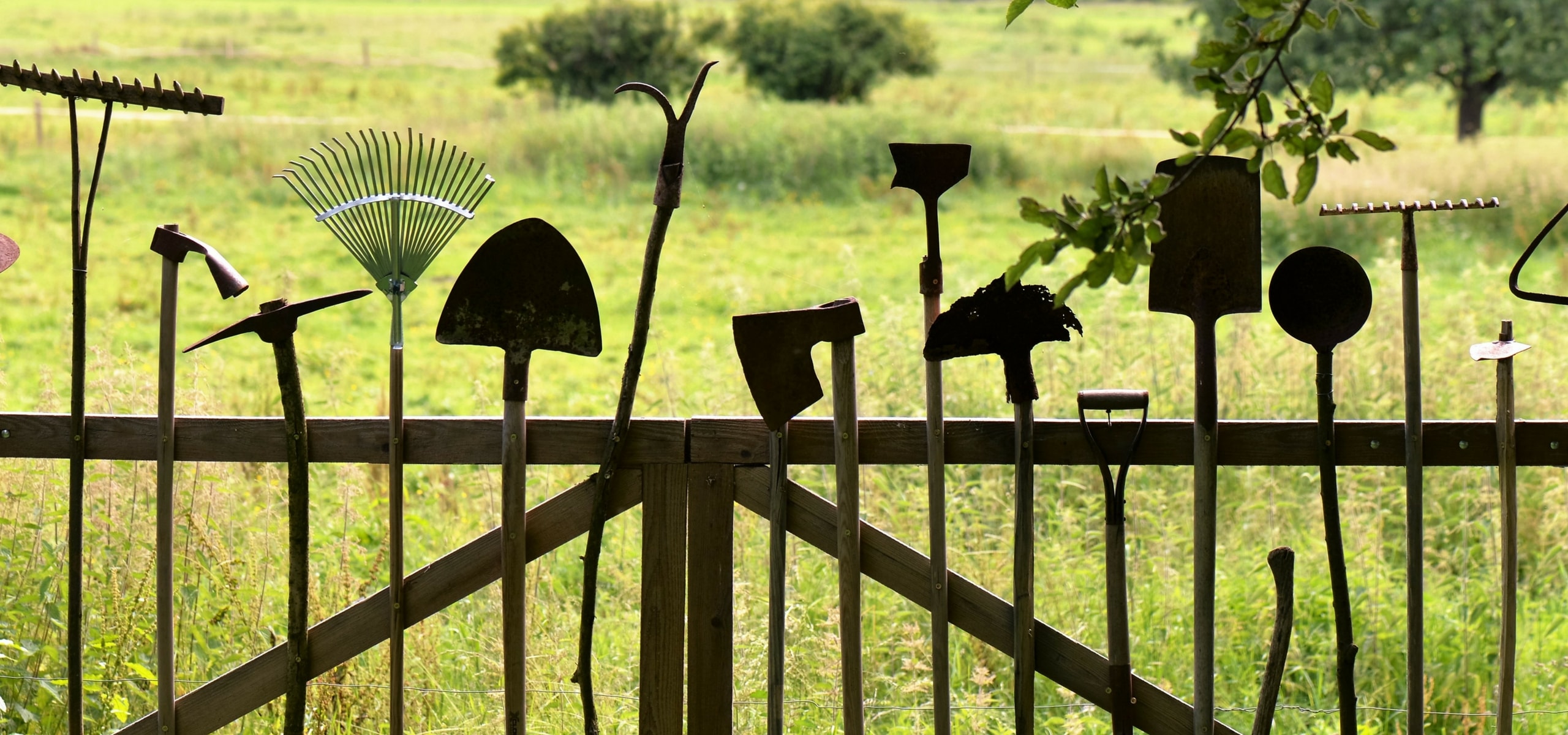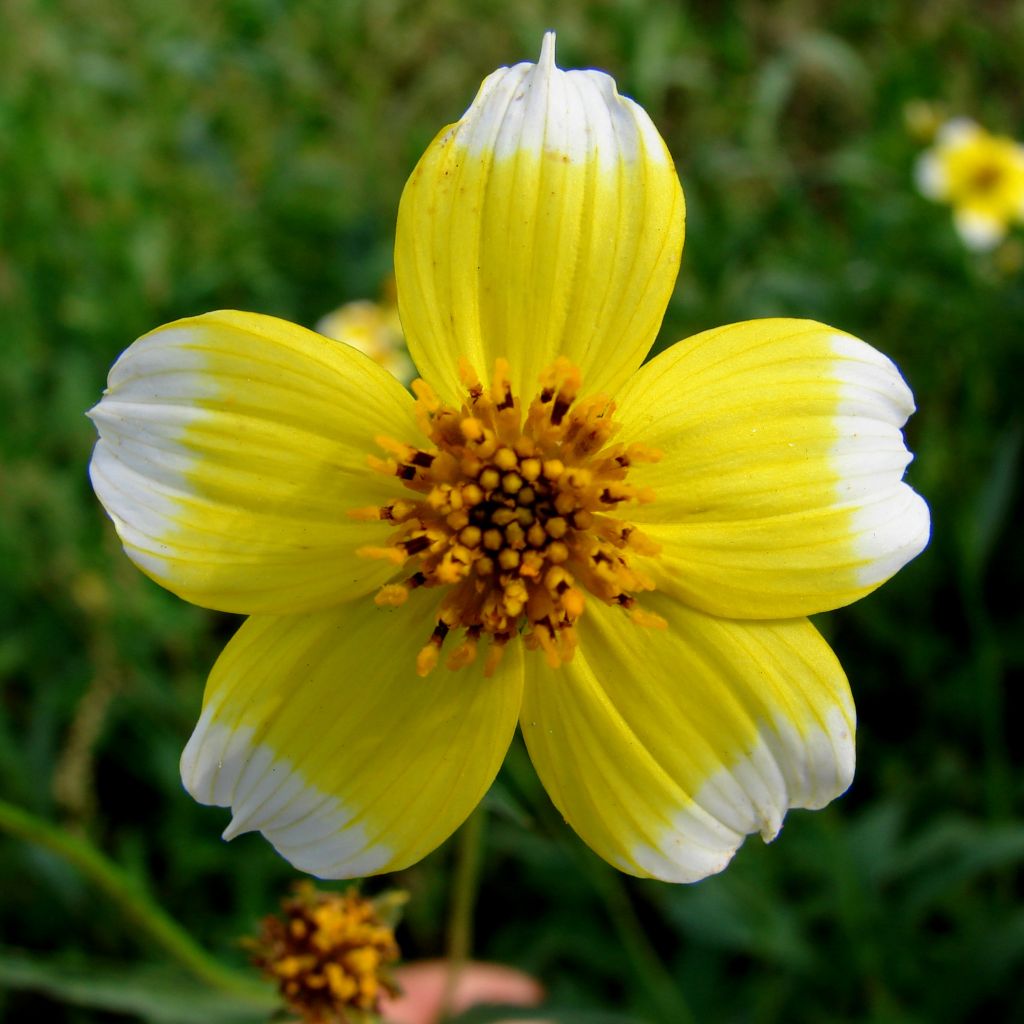

Bidens heterophylla Hannays Lemon Drop


Bidens heterophylla Hannays Lemon Drop
Bidens heterophylla Hannays Lemon Drop
Bidens heterophylla Halney's Lemon Drop
Arizona Beggar Tick
Gorgeous in the height of autumn when combined with Cosmos, it truly brings an unparalleled brightness to this time of the year!
Christian, 29/10/2019
Special offer!
Receive a €20 voucher for any order over €90 (excluding delivery costs, credit notes, and plastic-free options)!
1- Add your favorite plants to your cart.
2- Once you have reached €90, confirm your order (you can even choose the delivery date!).
3- As soon as your order is shipped, you will receive an email containing your voucher code, valid for 3 months (90 days).
Your voucher is unique and can only be used once, for any order with a minimum value of €20, excluding delivery costs.
Can be combined with other current offers, non-divisible and non-refundable.
Why not try an alternative variety in stock?
View all →This plant carries a 12 months recovery warranty
More information
We guarantee the quality of our plants for a full growing cycle, and will replace at our expense any plant that fails to recover under normal climatic and planting conditions.

Does this plant fit my garden?
Set up your Plantfit profile →
Description
Bidens heterophylla 'Hannay's Lemon Drop' is a perennial that forms a dense bush of impressive size (150cm (59in)). It is covered with multiple small flowers from July to October for the greatest pleasure of the eyes. The colours of their petals are lively and attract the eye and the light: lemon yellow, bordered with white. Not demanding, you will not need to watch over it, it manages on its own.
Its cousin, Bidens ferulifolia, is well known for taking centre stage as an annual in our summer compositions. Like it, Bidens heterophylla 'Hannay's Lemon Drop' has ramified, upright and running stems (preferably in sandy soil) that start from its base and rise in all directions. Its dark green foliage is highly dissected, fine and subtle. This Bidens therefore constitutes an appreciable base for slightly taller neighbours and occupies a generous volume. Its stems are covered with small flowers (3 to 4cm (1 to 2in)), composed of five lemon yellow ligulate petals on two-thirds and white at the ends. The centre is also yellow with small ochre touches.
Its Mexican origin suggests a frost resistance that is not so important. Our climates will suit it as long as it is given a warm position, without exposing it to drought. It will be preferable to protect it in winter if the frost is intense (beyond - 15°C (59°F)). Its withered stems will already provide some protection if you leave them in place.
The habit of Bidens heterophylla 'Hannay's Lemon Drop' is quite rare in the range of summer plants. Therefore, it should not be missed. In the middle of a bed, it structures the space and adds volume between Dahlias and Gladioli. In the background, it constitutes a dense and colourful backdrop at the same time. If you are looking to achieve a significant effect without too much effort, adopt it! You can group them in entire beds to form large clouds of colourful butterflies.
Report an error about the product description
Bidens heterophylla Hannays Lemon Drop in pictures
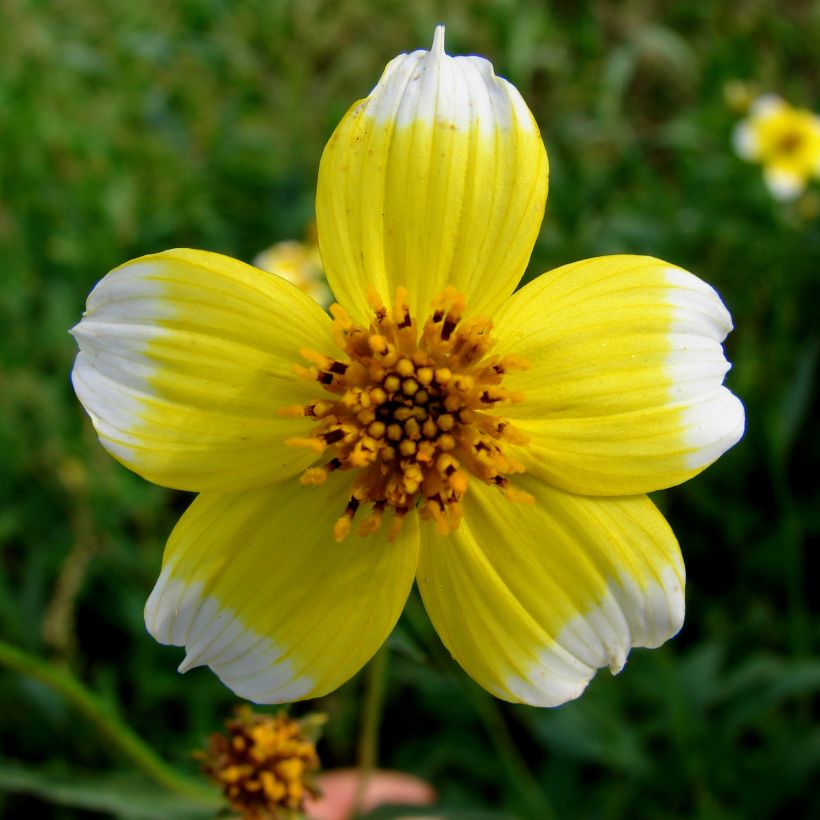

Flowering
Foliage
Plant habit
Botanical data
Bidens
heterophylla
Halney's Lemon Drop
Asteraceae
Arizona Beggar Tick
Cultivar or hybrid
Other Perennials A to Z
View all →Planting and care
Bidens heterophylla 'Hannay's Lemon Drop' settles in place in autumn or spring. Prefer a soil properly drained, but not completely dry, with a sunny exposure. It requires little maintenance: remove faded flowers as they appear. But leave in place the withered stems that will protect the stump during freezing periods.
Planting period
Intended location
Care
Planting & care advice
-
, onOrder confirmed
Reply from on Promesse de fleurs
Haven't found what you were looking for?
Hardiness is the lowest winter temperature a plant can endure without suffering serious damage or even dying. However, hardiness is affected by location (a sheltered area, such as a patio), protection (winter cover) and soil type (hardiness is improved by well-drained soil).

Photo Sharing Terms & Conditions
In order to encourage gardeners to interact and share their experiences, Promesse de fleurs offers various media enabling content to be uploaded onto its Site - in particular via the ‘Photo sharing’ module.
The User agrees to refrain from:
- Posting any content that is illegal, prejudicial, insulting, racist, inciteful to hatred, revisionist, contrary to public decency, that infringes on privacy or on the privacy rights of third parties, in particular the publicity rights of persons and goods, intellectual property rights, or the right to privacy.
- Submitting content on behalf of a third party;
- Impersonate the identity of a third party and/or publish any personal information about a third party;
In general, the User undertakes to refrain from any unethical behaviour.
All Content (in particular text, comments, files, images, photos, videos, creative works, etc.), which may be subject to property or intellectual property rights, image or other private rights, shall remain the property of the User, subject to the limited rights granted by the terms of the licence granted by Promesse de fleurs as stated below. Users are at liberty to publish or not to publish such Content on the Site, notably via the ‘Photo Sharing’ facility, and accept that this Content shall be made public and freely accessible, notably on the Internet.
Users further acknowledge, undertake to have ,and guarantee that they hold all necessary rights and permissions to publish such material on the Site, in particular with regard to the legislation in force pertaining to any privacy, property, intellectual property, image, or contractual rights, or rights of any other nature. By publishing such Content on the Site, Users acknowledge accepting full liability as publishers of the Content within the meaning of the law, and grant Promesse de fleurs, free of charge, an inclusive, worldwide licence for the said Content for the entire duration of its publication, including all reproduction, representation, up/downloading, displaying, performing, transmission, and storage rights.
Users also grant permission for their name to be linked to the Content and accept that this link may not always be made available.
By engaging in posting material, Users consent to their Content becoming automatically accessible on the Internet, in particular on other sites and/or blogs and/or web pages of the Promesse de fleurs site, including in particular social pages and the Promesse de fleurs catalogue.
Users may secure the removal of entrusted content free of charge by issuing a simple request via our contact form.
The flowering period indicated on our website applies to countries and regions located in USDA zone 8 (France, the United Kingdom, Ireland, the Netherlands, etc.)
It will vary according to where you live:
- In zones 9 to 10 (Italy, Spain, Greece, etc.), flowering will occur about 2 to 4 weeks earlier.
- In zones 6 to 7 (Germany, Poland, Slovenia, and lower mountainous regions), flowering will be delayed by 2 to 3 weeks.
- In zone 5 (Central Europe, Scandinavia), blooming will be delayed by 3 to 5 weeks.
In temperate climates, pruning of spring-flowering shrubs (forsythia, spireas, etc.) should be done just after flowering.
Pruning of summer-flowering shrubs (Indian Lilac, Perovskia, etc.) can be done in winter or spring.
In cold regions as well as with frost-sensitive plants, avoid pruning too early when severe frosts may still occur.
The planting period indicated on our website applies to countries and regions located in USDA zone 8 (France, United Kingdom, Ireland, Netherlands).
It will vary according to where you live:
- In Mediterranean zones (Marseille, Madrid, Milan, etc.), autumn and winter are the best planting periods.
- In continental zones (Strasbourg, Munich, Vienna, etc.), delay planting by 2 to 3 weeks in spring and bring it forward by 2 to 4 weeks in autumn.
- In mountainous regions (the Alps, Pyrenees, Carpathians, etc.), it is best to plant in late spring (May-June) or late summer (August-September).
The harvesting period indicated on our website applies to countries and regions in USDA zone 8 (France, England, Ireland, the Netherlands).
In colder areas (Scandinavia, Poland, Austria...) fruit and vegetable harvests are likely to be delayed by 3-4 weeks.
In warmer areas (Italy, Spain, Greece, etc.), harvesting will probably take place earlier, depending on weather conditions.
The sowing periods indicated on our website apply to countries and regions within USDA Zone 8 (France, UK, Ireland, Netherlands).
In colder areas (Scandinavia, Poland, Austria...), delay any outdoor sowing by 3-4 weeks, or sow under glass.
In warmer climes (Italy, Spain, Greece, etc.), bring outdoor sowing forward by a few weeks.





















































